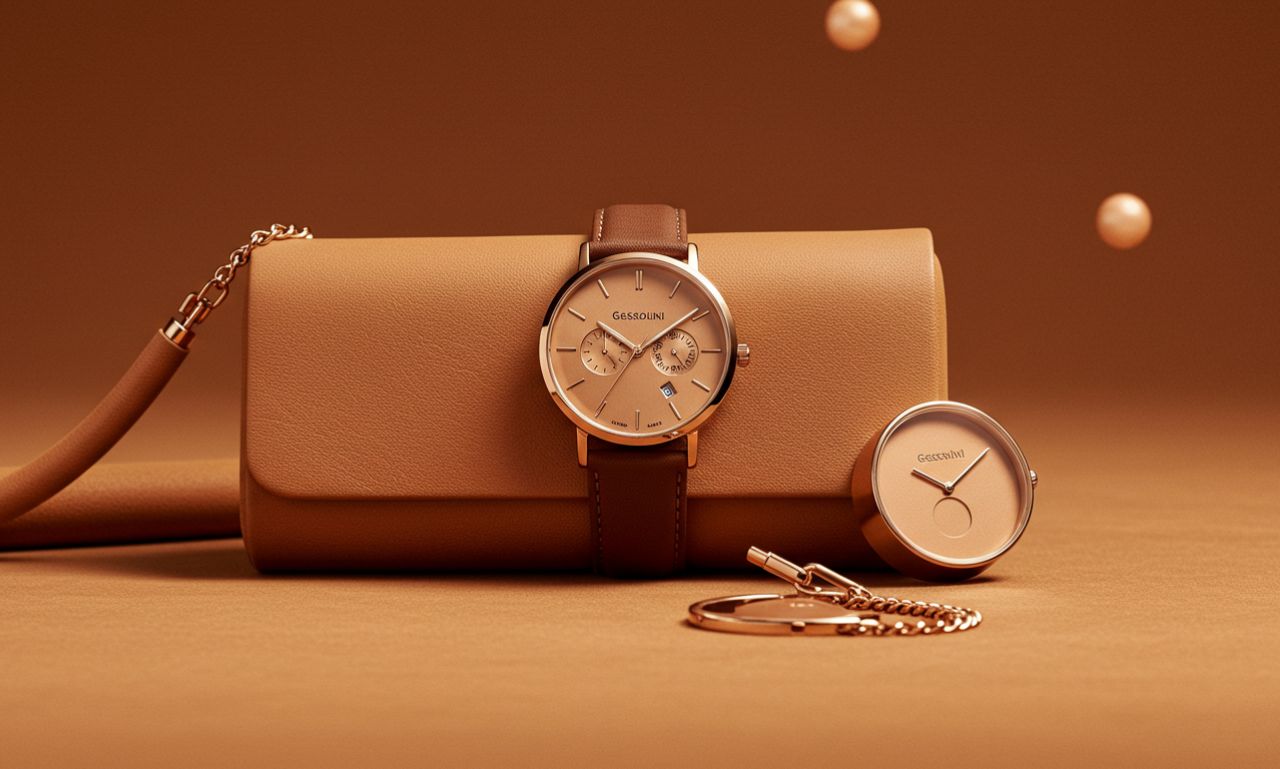Gessolini arises from Italian roots—drawn from gesso (chalk or plaster)—and has quietly entered a wide spectrum of creative realms. What began as a term tied to artistry has evolved into a holistic aesthetic and brand that influences fashion, architecture, interior design, and mindful living.
The Origins of Gessolini
The name Gessolini likely stems from the Italian gesso, meaning “chalk” or “plaster,” with a diminutive twist suggesting something refined or crafted with care. Originally, gesso was widely used by Renaissance artists to prepare surfaces for painting—its smooth, neutral finish ideal for refined expression. Over time, Gessolini evolved into a concept beyond material, representing an aesthetic marrying minimalism with delicate texture.
Gessolini in Interior Design and Architecture
In interior design, Gessolini speaks to quiet elegance rooted in tactility. Spaces embracing Gessolini are characterized by gentle textures, calming neutral tones, and craftsmanship that’s felt as much as seen. Designers often deploy plaster-like finishes, soft matte surfaces, and muted palettes inspired by Gesso-lini’s heritage to evoke serene, grounded environments.
Architecturally, Gesso-lini-inspired designs uphold simplicity while emphasizing detail. Think minimalist façades, sustainable materials such as recycled plaster or natural fibers, and a subdued aesthetic that feels both ancient and contemporary. The Gesso-lini approach aligns with eco-conscious practices, favoring sustainability without sacrificing sensory harmony.
Gessolini’s Influence in Fashion
In fashion, Gessolini signals refined restraint and emotive minimalism: fluid silhouettes, neutral hues, and a focus on texture over flamboyance. The aesthetic resonates with those drawn to slow fashion—pieces meant to endure, both in quality and style.
The brand Gesso-lini (as a fashion label) carries this philosophy into its collections. Rooted in Italian craftsmanship and modern design, Gesso-lini delivers sophisticated garments and accessories that tell stories through texture, detail, and thoughtful design. Ethical choices—like organic cotton, recycled polyester, or vegan leather—underscore the brand’s commitment to conscious design.
Gessolini as Decorative Surface and Material
Gessolini also refers to a fine-textured decorative surface—acting as a smooth primer or finish ideal for MDF, particleboard, or LDF materials. This usage emphasizes both function and aesthetics, providing low-reflectivity, tactile surfaces that elevate built interiors or furnishings.
Across Artistic and Cultural Practice
The concept of Gessolini transcends medium—it resonates in visual arts as a texture, in craftsmanship as a philosophy, and in lifestyle as a subtle embrace of simplicity. It bridges classical artistic techniques with modern minimalism, inspiring everything from wall textures to digital aesthetics. Globally, designers across cultures weave Gesso-lini into their practice—from Japanese Wabi-Sabi sensibilities to Scandinavian comfort in design.
Why Gessolini Matters Today
At its core, Gessolini embodies a shift toward mindful living: choosing thoughtful design, honoring craftsmanship, and embracing eco-conscious choices. Whether in fashion collections, serene interiors, or tactile surfaces, it invites us to slow down, appreciate texture, and trust understated elegance over fleeting trends.
In a fast-paced world, Gesso-lini offers a gentle reminder that less can indeed be more—especially when crafted with heart, intention, and a nod to enduring beauty.
Conclusion
Gessolini may not be loud—or widely known—but its quiet influence spans industries. Whether as an aesthetic ideal, a surface finish, or a craft-forward fashion brand. Gesso-lini represents a mindful, textured approach to creativity and living. It beckons us to favor elegance over excess, sustainability over speed, and lasting beauty over fleeting spectacle.
